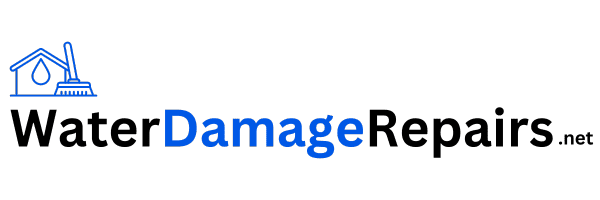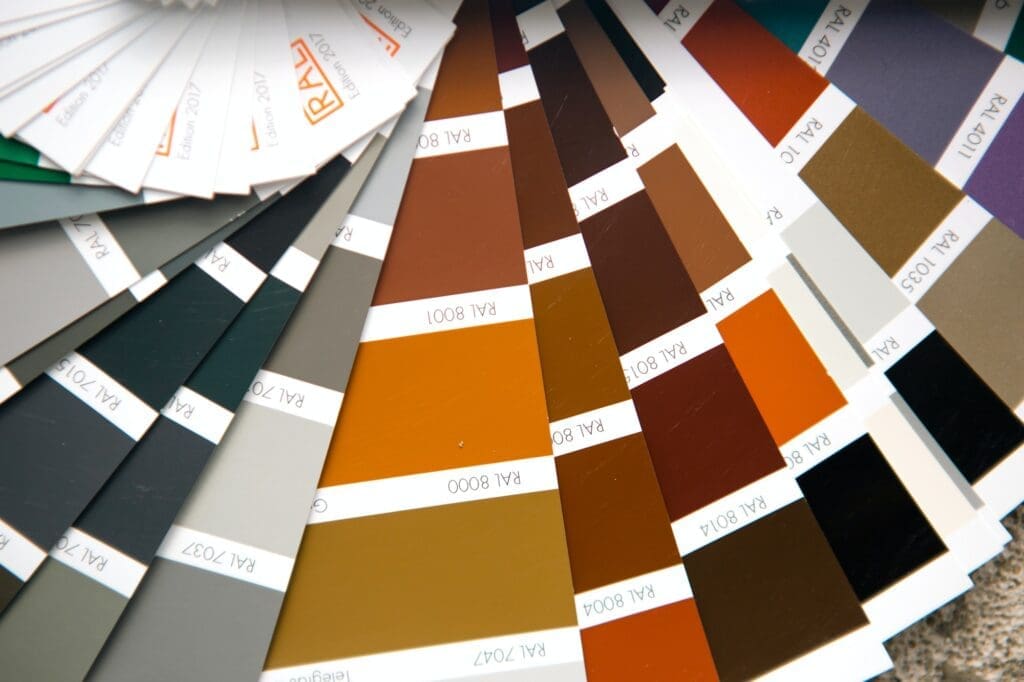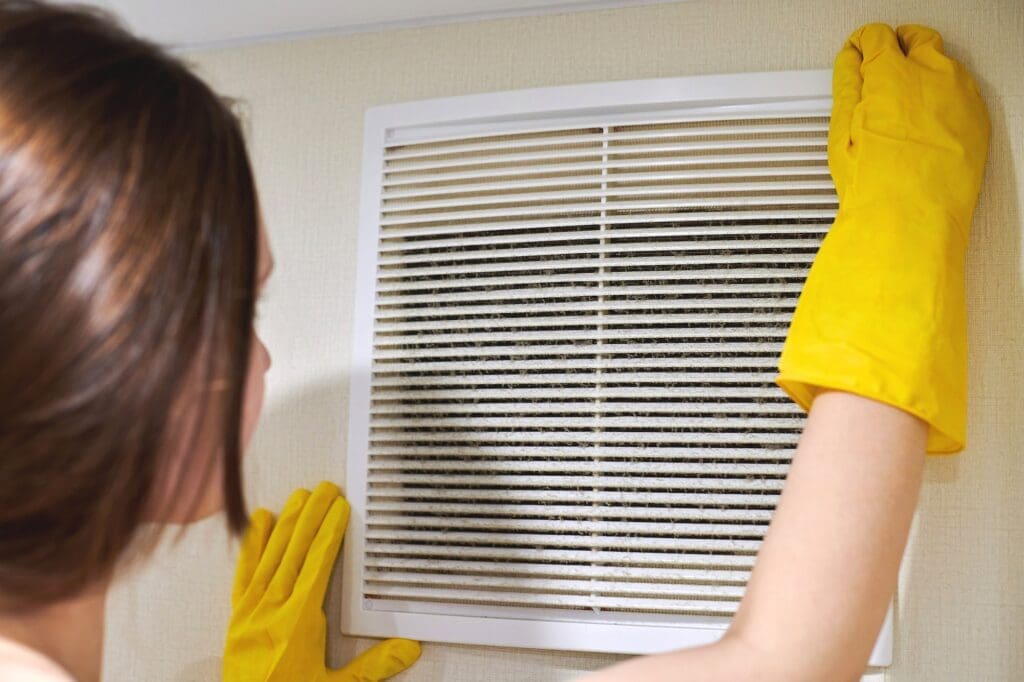From Soaked To Salvaged: Transforming Your Water-Damaged Home
We’ve all been there – that dreaded moment when you walk into your home and find yourself ankle-deep in water. Whether it’s from a busted pipe, an overflowing washing machine, or the aftermath of a storm, dealing with water damage can be overwhelming and disheartening.
But don’t despair! I’m here to guide you through the process of transforming your water-damaged home back into the cozy sanctuary it once was.
As someone who’s dedicated their career to helping others salvage their homes after disasters like these, I know firsthand how stressful this situation can be. However, with some patience, hard work, and compassion for those experiencing similar struggles, we can turn our soaked spaces into something truly salvaged.
In this article, I’ll share my expertise on everything from identifying the initial damage to completing the restoration process successfully. So grab your rubber boots and let’s dive in – together we’ll bring life back to your beloved home.
Assessing The Extent Of The Damage
If you’ve ever walked into your home and thought, ‘I don’t remember installing an indoor swimming pool,’ then you know the heartache of discovering water damage. It’s a homeowner’s nightmare that can make even the bravest souls shudder in fear.
Before diving headfirst into tackling this watery mess, it’s crucial to assess the extent of the damage properly. Identifying triggers such as burst pipes or leaks is essential, along with inspecting foundations for cracks or other possible entry points for unwanted moisture.
Now that we’ve got our detective hats on, let’s start by evaluating every inch of your once happy and dry abode. Remember those pesky little triggers? They’re just waiting to cause more havoc if not addressed immediately! By thoroughly investigating each room, paying extra attention to walls, ceilings, floors, and any hidden nooks or crannies – we’ll be able to pinpoint these culprits accurately.
In doing so, we can come up with a game plan tailored specifically to helping restore your home back to its former glory – all while making sure Mother Nature stays outside where she belongs (we love her but seriously!). So take a deep breath and hang tight because next up comes the satisfying part: drying out the affected areas like there’s no tomorrow!
Drying Out The Affected Areas
Now that we’ve assessed the damage, it’s time to focus on drying out the affected areas.
The first step in this process is identifying moisture – because if left untreated, dampness can lead to bigger problems like mold growth and structural damage.
To prevent these issues from arising, you’ll need to act quickly and efficiently.
Invest in a reliable dehumidifier or air mover (or borrow one from a friend), as these will be your best allies in removing excess humidity from your space.
Preventing mold is essential when dealing with water-damaged homes; therefore, make sure you’re thoroughly cleaning and disinfecting all surfaces touched by floodwater.
This includes walls, floors, furniture, appliances, and any personal belongings that may have been affected.
Remember that helping others starts with ensuring their living environment is safe and healthy!
Once your home is dry and free of contaminants, you can confidently move forward with repairs knowing that you’ve taken care of potential hazards lurking beneath the surface.
Now let’s discuss how to fix the source of the water damage so we can restore your home back to its pre-loss condition without further complications.
Fixing The Source Of The Water Damage
Imagine the heartache of discovering your once beautiful, cozy home has been ravaged by water damage. The feeling is akin to losing a cherished part of yourself, but hold on to hope because it’s not lost forever!
With determination and hard work, you can transform that soggy mess into a safe haven for you and your family. Before we dive into repairing the cosmetic damages, though, let’s first address the root cause of this catastrophe: fixing the source of the water damage.
Begin by identifying leaks in your plumbing system; inspecting pipes thoroughly will help pinpoint any issues needing immediate attention. It might feel like an overwhelming task at first, especially when you’re eager to restore your living space back to its former glory – but trust us, taking care of these potential hazards now will save you from further headaches down the road.
Remember that our goal here isn’t just to make things look pretty again; we want to ensure that every inch of our homes are structurally sound and ready for years of love-filled memories ahead. So take a deep breath, grab your flashlight (and maybe recruit some helping hands), and get ready to embark on this crucial mission together with us.
Next up: removing damaged materials and making way for a fresh start.
Removing Damaged Materials
Now that you’ve assessed the damage and taken steps to dry out your home, it’s time to start removing damaged materials. This is an essential step in the restoration process because it helps prevent mold growth and identifies any hidden leaks or water sources that could cause additional problems down the road. Remember, we’re here not only to bring our homes back to life but also to serve others by creating a safe environment for everyone involved.
In this section of the journey, we’ll be tackling the removal of affected items such as insulation, flooring, and even parts of walls if necessary. Be prepared with gloves, protective eyewear, and face masks when handling these materials – safety comes first!
As tough as it might be emotionally to see portions of your beloved home being torn apart, remind yourself that this is all part of restoring its integrity and making sure it’s ready for future happy memories. With each piece removed and properly disposed of, you are paving the way towards a cleaner, healthier space where you can once again feel at ease.
After completing this crucial phase in your home’s transformation from soggy mess to sanctuary, get ready for some cleaning and sanitizing action up next on our list!
Cleaning And Sanitizing
Now that we’ve addressed the initial stages of water damage restoration, it’s time to focus on cleaning and sanitizing your home. It’s essential not only to remove any visible dirt or debris but also to disinfect surfaces where mold and bacteria may be lurking. When you’re going through this process, make sure to wear proper protective gear like gloves, goggles, and a mask.
Don’t forget that moisture control is crucial in preventing further damage and promoting overall cleanliness. Begin by thoroughly drying affected areas using fans, dehumidifiers, or even opening windows for natural ventilation; remember that controlling humidity levels is key to preventing mold growth.
Next up: tackling those pesky contaminants! Use appropriate cleaners and disinfectants specially formulated for various materials found in your home (e.g., wood, metal, tile). Scrub every nook and cranny with care – after all, serving others starts with providing them a safe space free from harmful pathogens.
And now that your home has been cleaned top-to-bottom let’s move forward toward repairing and replacing damaged items within your haven.
Repairing And Replacing
Repairing and replacing damaged items in your home can feel like piecing together a jigsaw puzzle after a hurricane has torn through it. But with patience, perseverance, and the right knowledge at hand, you’ll be able to put everything back into place and make your house feel like home again.
Preventing mold is crucial during this process, as it not only poses health risks but also further damages your belongings. Start by identifying leaks that may have caused water damage and fixing them promptly. This will ensure no additional moisture seeps in while you’re working on repairs.
As you go about repairing or replacing affected areas of your home, remember that helping others starts from within – restoring our own homes enables us to provide a safe haven for those we love most. Be thorough in assessing each item’s condition before deciding whether repair or replacement is necessary; some items might just need a good cleaning or minor touch-ups, while others could require more extensive work.
Once all repairs are completed, turn your attention toward restoring furniture and electronics to truly bring life back into every room of your abode.
Restoring Furniture And Electronics
Now that you’ve tackled the repair and replacement of your home’s structure, it’s time to shift our focus towards bringing life back into your furniture and electronics. This stage is crucial in transforming your space from a water-damaged mess to a cozy sanctuary once again. Before we dive in, make sure you have an array of cleaning supplies on hand as well as proper safety gear, such as gloves and masks.
- Vacuum cleaner with upholstery attachments
- Cleaning agents designed for specific materials (wood, fabric, leather)
- Soft brushes or sponges
When dealing with damp furniture, remember that excessive moisture can lead to mold growth if not addressed promptly.
The first step would be assessing each item individually to determine whether it can be salvaged or should be discarded. For items deemed salvageable, thoroughly dry them out using fans or dehumidifiers before attempting any further restoration steps like damp proofing.
Be gentle yet diligent when wiping down surfaces with appropriate cleaning agents – always test a small hidden area first to avoid damaging the material further.
As for electronics, proceed with caution since these devices are particularly susceptible to damage caused by water exposure.
First things first: disconnect all power sources immediately! Once this precaution has been taken care of, consult the manufacturer’s guidelines for handling wet devices or seek professional assistance from qualified technicians.
Remember that restoring your beloved belongings may take some patience and effort but witnessing their return to former glory will undoubtedly bring great satisfaction!
With your furniture and electronics restored, let’s now turn our attention toward safeguarding your home against potential future water damage incidents…
Preventing Future Water Damage
Preventing future water damage in your home is like putting up an invisible shield to protect against the unforeseen. It’s essential for maintaining a safe and comfortable living environment, as well as preserving the structural integrity of your property.
To effectively prevent water damage from occurring again, it’s crucial to establish a routine of preventative maintenance and implement effective moisture control strategies. Having experienced the complexities of dealing with water-damaged homes firsthand, I can’t stress enough how important these steps are for safeguarding your home from further disasters.
By regularly inspecting plumbing systems, roofs, gutters, and ensuring proper drainage around your property, you’ll be taking proactive measures to avoid costly repairs down the line. In addition to this vigilance, investing in quality materials that help regulate humidity levels within your home will contribute significantly to preventing mold growth and other moisture-related issues.
With these precautions in place, you can confidently know that you’re doing everything possible to keep your home safe from water damage. Now that we have addressed prevention measures let us dive into handling insurance claims related matters when faced with such situations.
Handling Insurance Claims
Now that we’ve covered how to prevent future water damage in your home, it’s time to tackle another crucial aspect of the restoration process – handling insurance claims. This part can be quite daunting, especially when you’re dealing with the aftermath of a catastrophe. But don’t worry! We are here to help and guide you through this often complicated process.
Dealing with paperwork might not be the most exciting task on your to-do list, but it is essential for claiming costs related to water damage repairs. To ensure a smoother experience, gather all necessary documents like photos and receipts as proof of damages before contacting your insurance company. Keep track of all communication with them, including phone calls and emails; this will come in handy if any disputes arise later on.
Remember, patience and persistence are key during this phase – so stay organized, ask questions when needed, and work closely with your insurer to reach an agreeable settlement. Coming up next: working together with professionals who specialize in transforming your once-soaked space into a fully restored haven!
Working With Professionals
Working with professionals to restore your water-damaged home can feel like navigating a maze blindfolded. It’s easy to get lost in the process and become overwhelmed by all of the decisions that need to be made.
But fear not, because consulting contractors and hiring experts will make this experience much more manageable for you.
As you navigate through this maze, it’s essential to remember why you’re doing it: the satisfaction of serving others by providing them with a safe and comfortable living environment.
By seeking out professional help, you’re ensuring that your efforts are well-invested towards achieving that goal.
So go ahead – put your trust in these seasoned pros who have seen their fair share of soaked-to-salvaged transformations!
Frequently Asked Questions
How Can I Determine If There Is Hidden Water Damage Behind Walls Or Under Flooring That May Not Be Immediately Visible?
We’ve all been there – you’re standing in your home, wondering if there’s any hidden water damage lurking behind walls or under flooring that isn’t immediately visible.
Assessing risk and preventing recurrence are essential when it comes to dealing with water-damaged homes, but how can we be sure we’re not missing anything?
As a professional home restoration writer who cares deeply about helping others, I’ll share some tips on spotting those sneaky signs of moisture.
Keep an eye out for discolored patches on walls or ceilings, peeling paint or wallpaper, musty odors, sagging floors, and the presence of mold.
If you suspect something is amiss, don’t hesitate to call in a professional to help assess the situation and guide you toward restoring your home back to its former glory!
Are There Any Health Risks Associated With Water Damage, Such As Mold Growth Or Contaminated Water, That I Should Be Aware Of When Handling The Cleanup Process?
Did you know that 60% of U.S. homes have some form of water damage?
This alarming statistic highlights the importance of being aware of the potential health risks associated with water damage, such as mold growth and contaminated water.
When handling the cleanup process, it’s crucial to prioritize your safety by wearing protective gear and seeking professional help when needed.
Waterproofing your home and taking prevention measures can significantly reduce these risks, ensuring a healthier living environment for you and those you care about most.
As a professional home restoration writer, I cannot stress enough the value of investing in proper waterproofing techniques to protect not only your property but also your loved ones’ well-being.
Remember, safeguarding against water damage is more than just protecting your possessions; it’s an act of service towards others who share your space.
What Is The Average Cost Of Repairing A Water-Damaged Home, And Are There Any Potential Financial Assistance Programs Available For Homeowners Dealing With This Issue?
I know how overwhelming it can be to face the costs of repairing a water-damaged home, but let me break down some numbers for you.
On average, homeowners spend between $1,000 and $4,000 on water mitigation and restoration services; however, this amount can vary greatly depending on factors such as the extent of damage, location of your property, and local labor rates.
It’s worth checking with your homeowner insurance policy—some coverages may include financial support for water damage repairs!
And don’t worry: even if your insurance doesn’t have all the answers, there are potential assistance programs available at federal and state levels that could help ease the burden of restoring your beloved home.
Just remember—you’re not alone in tackling this challenge!
How Long Does The Restoration Process Typically Take, And What Factors May Influence The Timeline For Getting My Home Back To Its Pre-Damage Condition?
It’s tough to pinpoint an exact timeline for restoring your water-damaged home, as various factors can influence the process. Generally speaking, it may take anywhere from a few days to several weeks or even months, depending on the extent of damage and required repairs.
Factors such as the type of water involved (clean, gray, or black), how long the property has been exposed to moisture, and whether any preventative measures were in place at the time of damage all play a role in determining restoration duration.
Additionally, cost estimates for repair work and coordination with insurance companies can also impact how quickly you’ll get back into your pre-damage abode.
Remember that patience is key during this challenging time—it’s essential to ensure each step is done correctly so you can ultimately return to a safe and comfortable living space while continuing your journey of serving others.
What Steps Can I Take To Ensure The Safety Of My Family And Pets During The Cleanup And Restoration Process, And Are There Any Precautions I Should Take When Moving Back Into The Home After The Repairs Are Completed?
To ensure the safety of your family and pets during the cleanup and restoration process, it’s essential to prioritize proper sanitation and moisture control.
First, make sure everyone is aware of any potential hazards, such as electrical issues or structural damage.
If you have young children or curious pets, consider temporarily relocating them to a safe space away from the affected area.
During the restoration process, work closely with professionals to address all sources of contamination and implement effective moisture control strategies to prevent mold growth.
When moving back into your home after repairs are completed, take extra precautions by thoroughly cleaning and ventilating every room – this will help maintain good indoor air quality for everyone’s well-being.
Remember, safeguarding your loved ones’ health is an act of service that offers peace of mind in challenging times like these.
Conclusion
In conclusion, my fellow waterlogged comrades, let us remember that while our homes may have briefly transformed into mini-oceanic ecosystems, all hope is not lost. We shall rise above the tide and conquer the lurking dampness within our walls and floors! With diligence in detecting hidden damage and a keen eye for potential health risks, we will prevail over any moldy invaders.
As we embark on this aquatic adventure of home restoration, let us clutch tightly to our wallets and explore financial assistance programs available during these trying times. Fear not, dear friends, for with time (and perhaps a small army of professional restorers), our once-sodden abodes will return to their former glory – or at least a reasonable facsimile thereof.
Lastly, as you navigate through storm-tossed seas of cleanup and repairs, keep your loved ones close – including those four-legged family members who seem impervious to water-related disasters. Arm yourself with knowledge on safety precautions when re-entering your newly-restored domicile.
Together, we shall emerge victorious from the depths of water damage despair!



